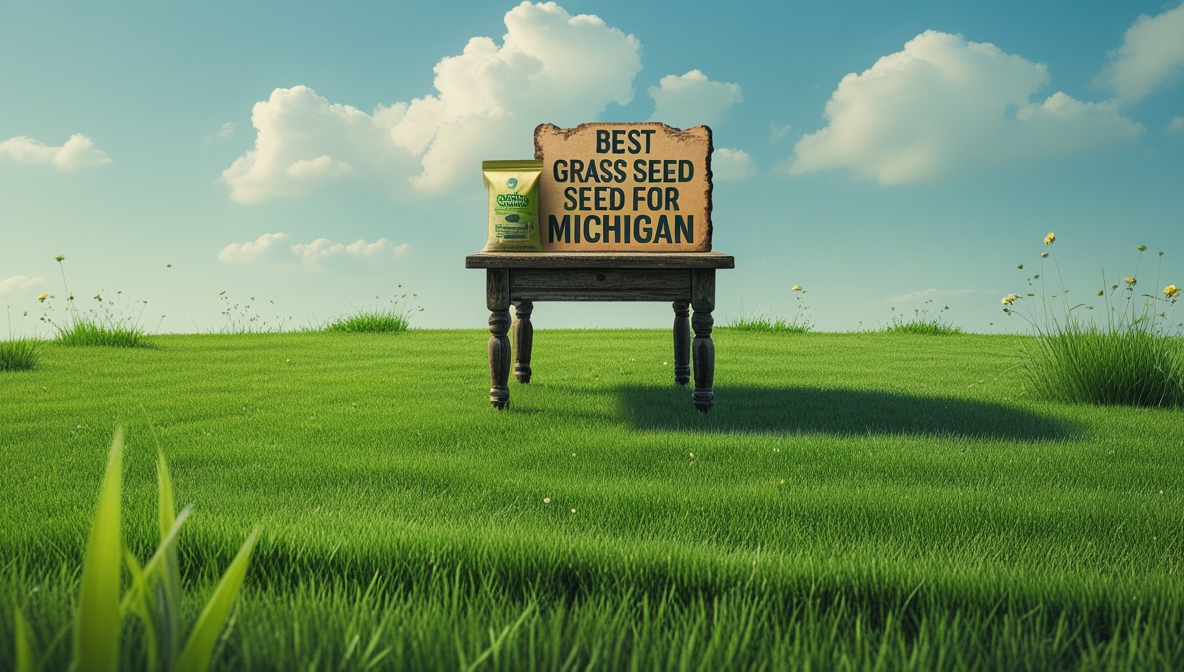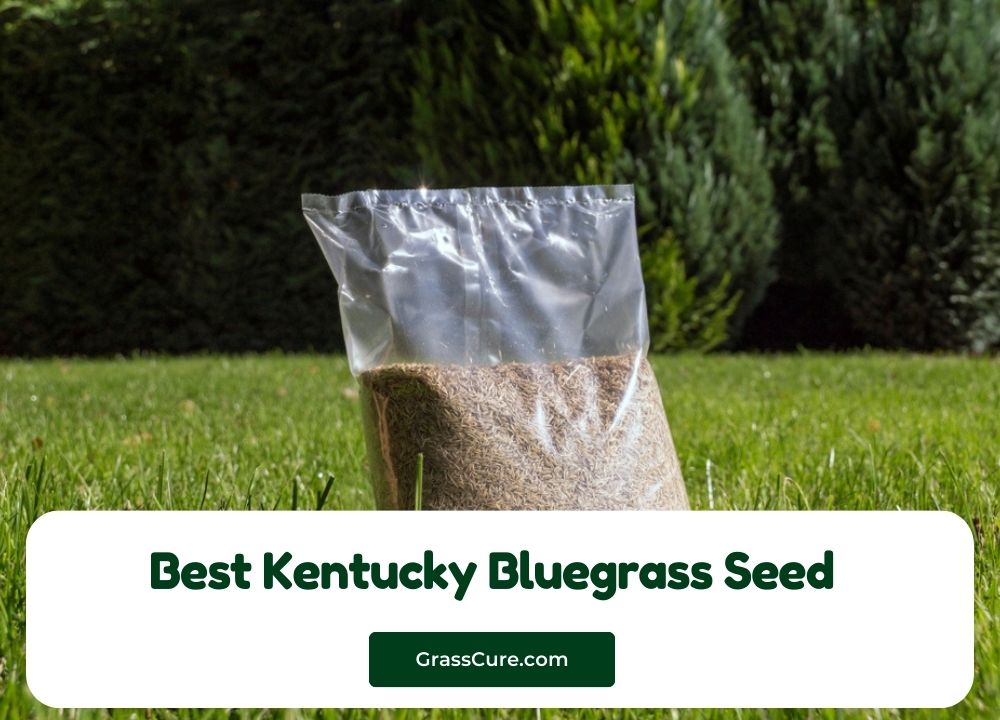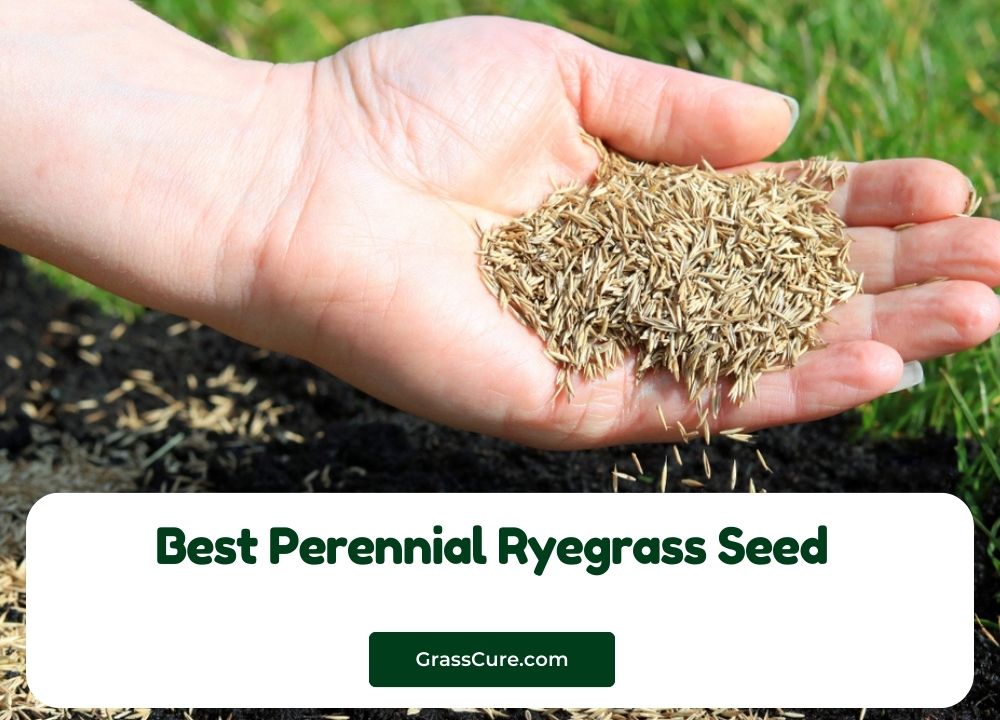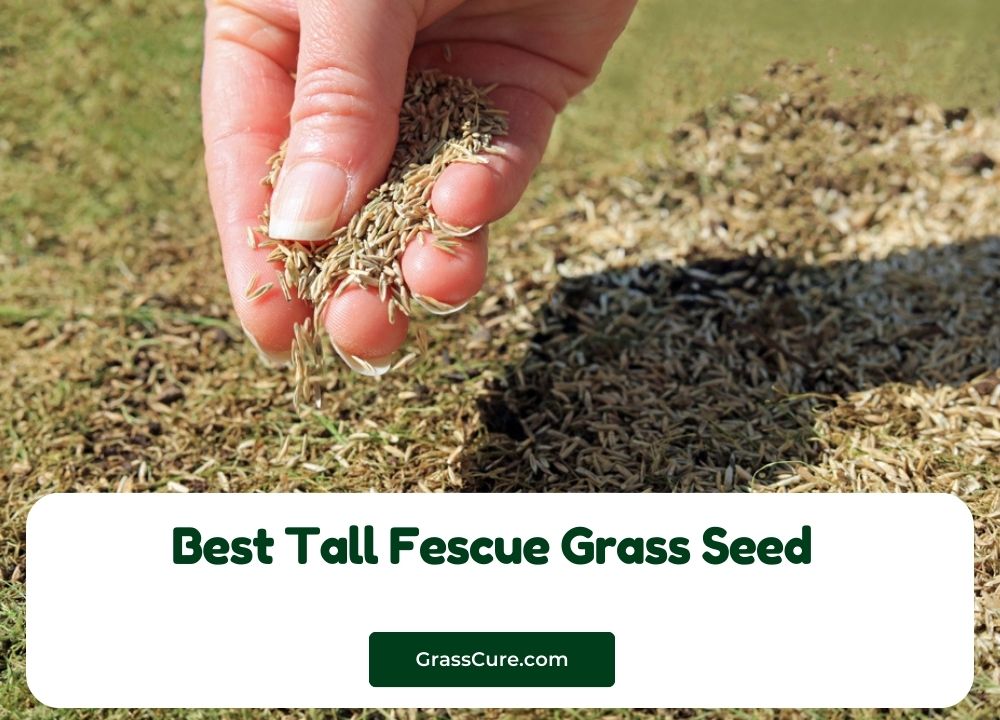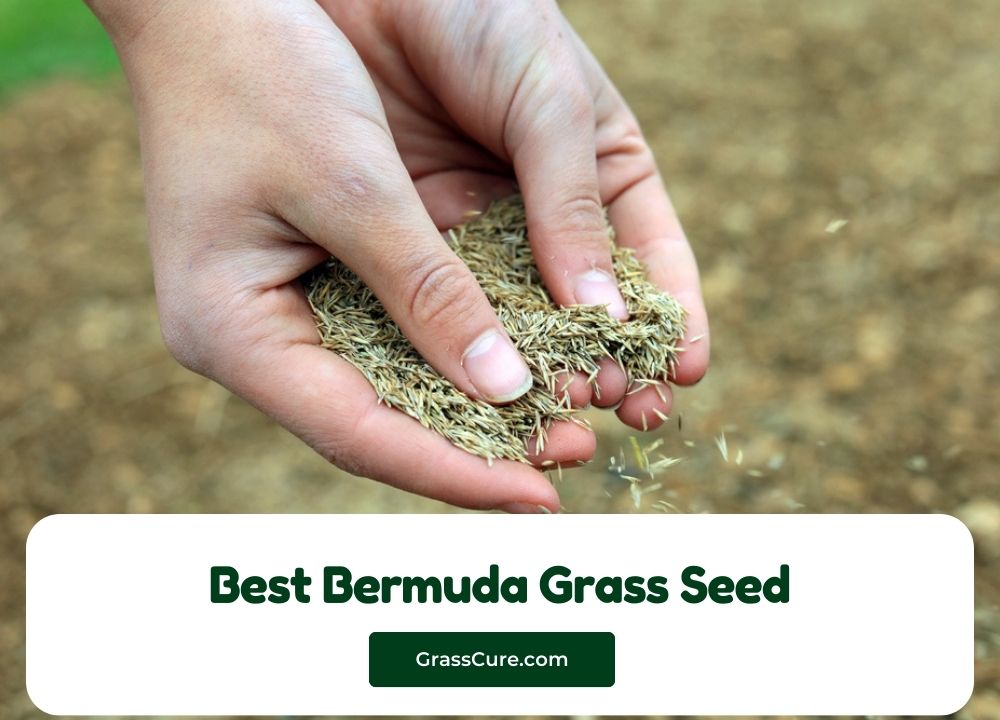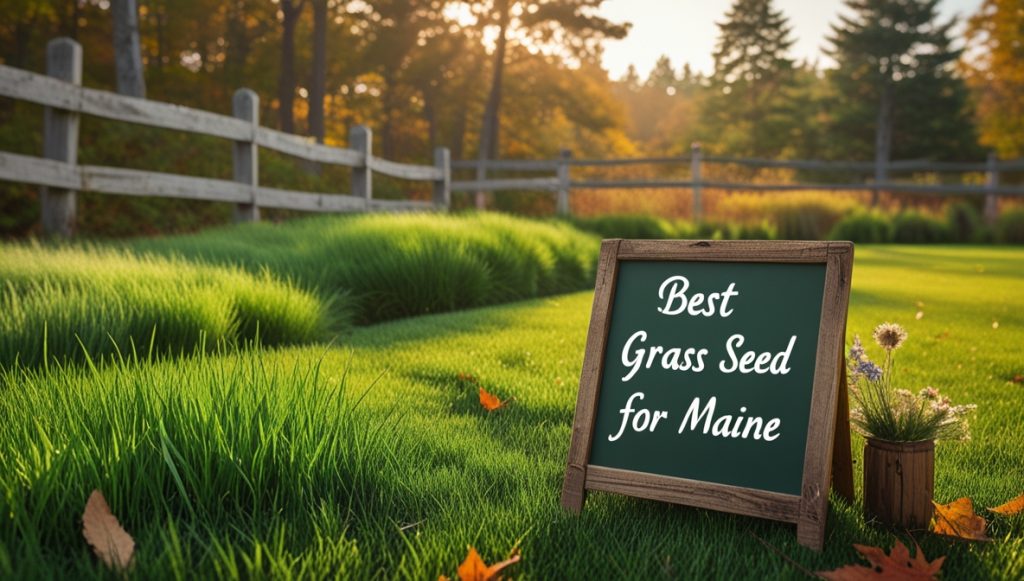Michigan’s diverse landscapes, from the sandy shores of Lake Michigan to the dense forests of the Upper Peninsula, present a unique set of challenges and opportunities for growing a healthy lawn. Known as the Great Lakes State, Michigan experiences a humid continental climate with cold, snowy winters and warm, humid summers. Selecting the best grass seed for your Michigan lawn requires understanding the state’s weather patterns, soil conditions, and your specific lawn needs—whether it’s durability for heavy use, shade tolerance, or low maintenance. In this detailed guide, we’ll explore the top grass seed options for Michigan, key considerations for choosing the right one, and expert tips for planting and maintaining a thriving lawn.
Contents
Michigan’s Climate and Soil Overview
Michigan spans USDA Hardiness Zones 4a to 6b. The Upper Peninsula and northern Lower Peninsula endure colder winters (Zone 4a-5b), with average lows dropping to -20°F or below, while southern areas like Detroit and Grand Rapids fall into Zones 5b-6b, with milder winters and longer growing seasons. Summers across the state are warm, often reaching 80°F-90°F, with high humidity near the Great Lakes. Precipitation is plentiful, averaging 30-40 inches annually, though sandy soils in western Michigan can dry out quickly.
Soil types vary widely. Sandy, well-draining soils dominate near the lakeshores, while clay and loam are common inland. Soil pH typically ranges from 5.5 to 7.0, ideal for cool-season grasses, which thrive in Michigan’s climate. Testing your soil and addressing drainage or nutrient deficiencies can optimize grass growth. Given the state’s cold winters and moderate summers, cool-season grasses are the best fit for most lawns.
Top Grass Seed Choices for Michigan
- Kentucky Bluegrass
- Why It’s Great: Kentucky bluegrass is a staple for Michigan lawns, offering a lush, dark green appearance and excellent cold tolerance. Its rhizomatous growth allows it to self-repair, making it ideal for the state’s harsh winters.
- Pros: Dense turf, rich color, and strong recovery from dormancy.
- Cons: Needs full sun (6+ hours daily) and regular watering; struggles in shade or drought.
- Best For: Sunny suburban lawns or rural properties prioritizing aesthetics.
- Fine Fescue
- Why It’s Great: Fine fescue varieties (creeping red, Chewings, hard fescue) are low-maintenance and shade-tolerant, perfect for Michigan’s wooded areas or yards with mature trees. They also handle sandy soils well.
- Pros: Minimal mowing and fertilizer needs, excellent shade performance, and drought resistance.
- Cons: Less durable under heavy traffic; may thin in full sun without care.
- Best For: Shaded lawns, cottages in northern Michigan, or low-use areas.
- Tall Fescue
- Why It’s Great: Tall fescue’s deep roots make it a hardy choice for Michigan’s variable weather, including summer heatwaves and occasional dry spells. It resists disease and wears well under foot traffic.
- Pros: Drought tolerance, durability, and adaptability to different soils.
- Cons: Coarser texture; doesn’t spread naturally, requiring overseeding for repairs.
- Best For: High-traffic lawns with kids or pets, or areas with mixed sun and shade.
- Perennial Ryegrass
- Why It’s Great: Perennial ryegrass germinates quickly (5-10 days), making it a go-to for overseeding or establishing a lawn fast in Michigan’s short growing seasons. It’s also wear-tolerant.
- Pros: Rapid establishment, fine texture, and good traffic resistance.
- Cons: Less cold-hardy than Kentucky bluegrass; struggles in poorly drained soils or extreme winters.
- Best For: Quick lawn repairs, athletic fields, or blending with other grasses.
- Seed Mixtures
- Why It’s Great: Blends of Kentucky bluegrass, fine fescue, and perennial ryegrass are popular in Michigan, combining strengths like shade tolerance, durability, and quick growth. Many are formulated for Midwest conditions.
- Pros: Versatility, resilience, and suitability for diverse lawns.
- Cons: Maintenance varies by species; weaker grasses may fade over time.
- Best For: Most Michigan lawns, especially those with mixed light or soil types.
Factors to Consider When Choosing Grass Seed
- Sunlight: Full-sun lawns favor Kentucky bluegrass or perennial ryegrass, while shaded areas thrive with fine fescue. Tall fescue and mixtures work well in partial shade.
- Traffic: For active yards, tall fescue or perennial ryegrass holds up best. Kentucky bluegrass suits lighter use, and fine fescue is ideal for ornamental lawns.
- Maintenance: Low-effort options like fine fescue or tall fescue require less care than Kentucky bluegrass, which needs regular fertilization and mowing.
- Soil and Water: Sandy soils benefit from drought-tolerant tall fescue, while clay soils support Kentucky bluegrass with good drainage. Adjust watering to soil type and grass needs.
Planting and Maintenance Tips
The prime planting window in Michigan is late summer to early fall (August to mid-October), when warm soil and cool air promote germination. Spring (April to early June) is a backup option, though summer heat can stress new grass.
- Preparation: Remove weeds and rocks, aerate compacted soil, and add compost or topsoil if needed. Use a starter fertilizer (e.g., 10-20-10 NPK) to encourage root development.
- Seeding: Apply seed with a spreader at the recommended rate (e.g., 7-10 lbs per 1,000 sq ft for tall fescue). Rake lightly and water to settle the seed.
- Watering: Keep soil moist during germination (2-3 weeks), then water deeply once established—about 1 inch weekly, factoring in rain.
- Mowing: Mow at 3-4 inches once grass reaches that height, cutting no more than one-third at a time. Maintain 2.5-3.5 inches for optimal health.
- Fertilizing: Fertilize in fall and spring with a balanced product (e.g., 10-10-10). Avoid excess nitrogen, which can weaken grass.
- Weed Control: Apply pre-emergent herbicides in spring for crabgrass prevention and treat broadleaf weeds as they appear.
Recommended Products
- Scotts Turf Builder Kentucky Bluegrass Mix: Enhanced for quick growth and cold resistance.
- Pennington Smart Seed Tall Fescue Blend: Deep-rooted and durable for Michigan’s climate.
- Jonathan Green Shady Nooks Fine Fescue Mix: Perfect for shaded Michigan yards.
- Barenbrug Perennial Ryegrass Seed: Fast-establishing and traffic-tolerant.
Regional Considerations
In the Upper Peninsula, where winters are severe, Kentucky bluegrass and tall fescue excel due to their cold hardiness. Coastal areas along Lake Michigan, like Traverse City, face sandy soils and wind, favoring fine fescue or tall fescue. Southern Michigan’s urban lawns, such as in Ann Arbor or Lansing, benefit from mixtures or perennial ryegrass for quick coverage and wear resistance. Lake-effect snow can keep soils moist, reducing watering needs in some areas.
Conclusion
The best grass seed for Michigan hinges on your lawn’s conditions and your preferences. Kentucky bluegrass delivers stunning beauty for sunny spaces, fine fescue thrives in shade, tall fescue withstands tough use, and perennial ryegrass offers speed and resilience. Seed mixtures provide a balanced solution for most properties. By matching your seed choice to Michigan’s climate, soil, and usage demands—and following proper planting and care—you can achieve a lawn
